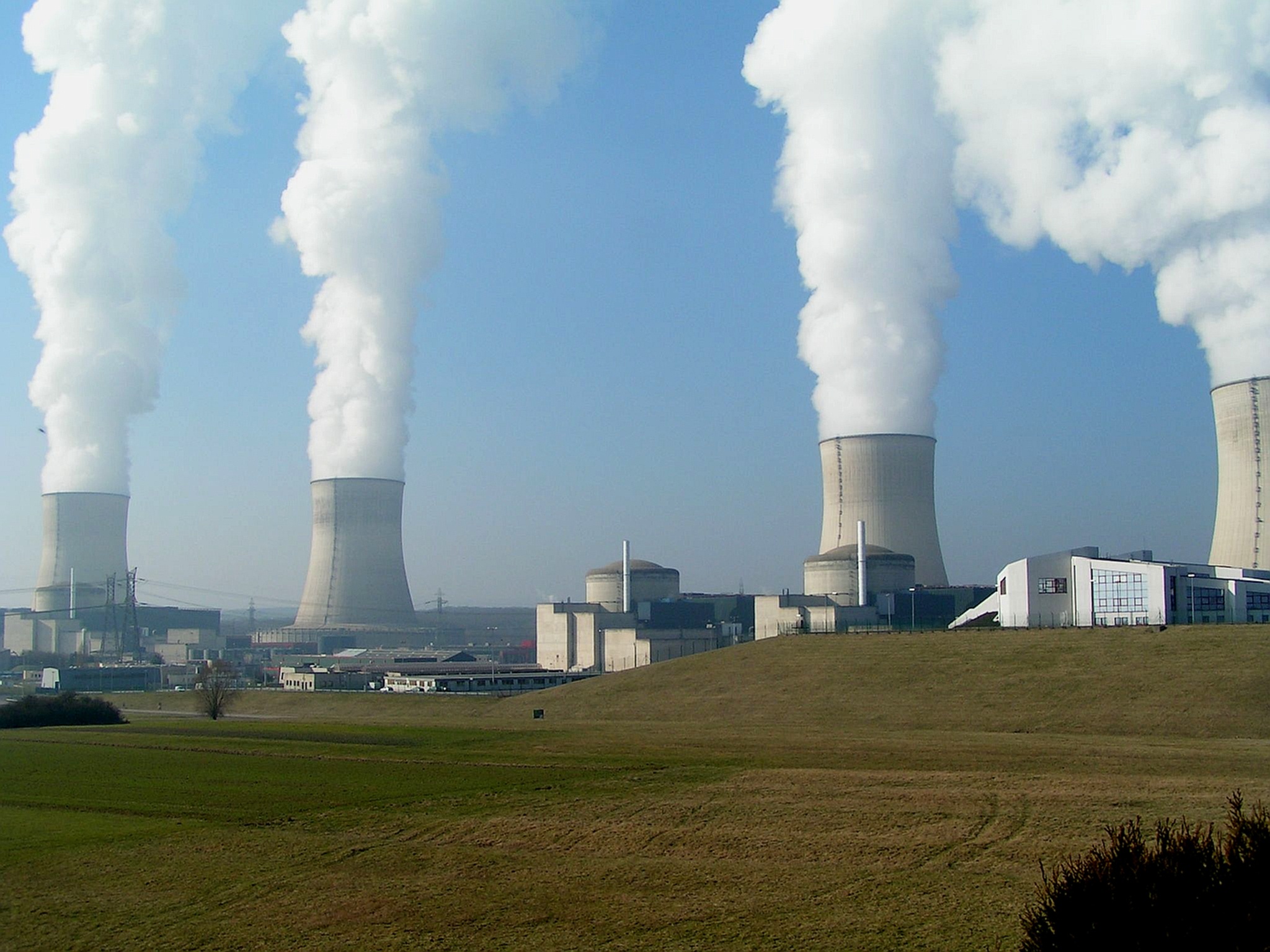Nuclear explosions, often characterized by their immense power and devastating consequences, have long been a subject of fascination and dread. At the core of these phenomena lies a complex interplay of subatomic particles and energetic processes that may be understood through the lens of nuclear physics. This article endeavors to unravel the enigmatic relationship between nuclear explosions and the concept of subatomic emulation, positing that, while the term may not traditionally apply, certain facets of a nuclear explosion could be construed as an emulation at a subatomic level.
To grasp this proposition, it is imperative to explore the underlying principles of nuclear reactions. At the heart of any nuclear explosion is the fission or fusion of atomic nuclei, processes governed by the strong nuclear force. In nuclear fission, heavy isotopes such as Uranium-235 or Plutonium-239 are split into smaller nuclei, liberating a prodigious amount of energy. Conversely, nuclear fusion, the process that powers the sun, occurs when light nuclei, such as isotopes of hydrogen, amalgamate under extreme temperatures and pressures, releasing energy in the process. Both types of reactions are characterized by the release of massive amounts of energy primarily due to the conversion of mass into energy as delineated by Einstein’s equation, E=mc².
When considering the phrase “subatomic emulation,” it becomes crucial to delineate what this could signify in the context of a nuclear explosion. Emulation, in a broader sense, refers to the replication of processes or behaviors, and subatomic denotes that which pertains to particles for which the traditional models of physics often fall short. In this perspective, one might argue that nuclear explosions emulate the conditions and behaviors seen at the very core of matter, albeit in an exaggerated and destructive manner.
In a nuclear explosion, the initial step involves the rapid acceleration of neutrons—subatomic particles with no electric charge—colliding with atomic nuclei. This initiates a chain reaction leading to further fission events, producing additional neutrons and energizing the process. The firing off of these progenitor neutrons can roughly be viewed as an emulation of the natural processes occurring within stellar environments where energy conversion is a constant phenomenon. The rapidity of these reactions results in an extraordinary release of energy, creating shockwaves and high-energy radiation.
However, defining nuclear reactions strictly as a subatomic emulation might overlook the intricate thermodynamic and relativistic implications at play. As atoms split or fuse, they do not merely mimic behavior; rather, they dramatically alter the state of matter around them, creating plasma and other states of matter that are highly non-equilibrium. In this sense, the energy released in a nuclear explosion is not merely an emulation; it signifies a profound transformation, illustrating the complexities of atomic interactions.
Furthermore, to delve deeper, one must consider the quantum mechanical aspects of these nuclear reactions. Quantum physics introduces the concept of wave-particle duality and probabilistic events, which are ellipses of behavior at the subatomic scale. These notions add another layer of complexity to the discussion of whether nuclear explosions can be deemed as emulative. The unpredictable nature of particle behavior during fission and fusion embodies elements of quantum theory, wherein particles exist in states of probability—an intrinsic characteristic that does not lend itself to straightforward emulation.
Moreover, examining the resultant dynamics of a nuclear explosion provides additional insights. After the initial energy release, the explosion propagates shockwaves and high-energy radiation through its environment. This process can be perceived as both an emulation of and deviation from controlled atomic behavior found during scientific experimentation, where researchers manipulate conditions to observe particles’ characteristics. In the chaos preceding a detonation, there exists a semblance of organized subatomic responses, albeit ensconced within a maelstrom of energy and destruction.
However, one must also be cognizant of the implications of framing nuclear explosions within such a context. To suggest that these cataclysmic events are merely emulative may trivialize the existential and ethical ramifications associated with nuclear warfare and energy generation. The consequences of unleashing nuclear energy are far-reaching, including ecological devastation, long-term radiation-induced health issues, and sociopolitical tensions that ripple throughout time. Therefore, while the notion of subatomic emulation is intriguing, it is fraught with philosophical considerations that extend beyond scientific inquiry.
In conclusion, the relationship between nuclear explosions and the notion of subatomic emulation is multilayered and nuanced. While certain attributes of nuclear explosions may bear resemblance to subatomic events seen in nature—transformative interactions, rapid energy emissions, and quantum behaviors—these characteristics also evoke a sense of chaos and intentionality that is distinct from emulation. Ultimately, nuclear explosions represent a phenomenal interplay of matter and energy, wrought through forces that reshape our understanding of the very building blocks of existence. As we continue to navigate the complexities of nuclear science, it is imperative to approach such discussions with both scholarly rigor and earnest reflection on the impact of these phenomena on humanity and the cosmos at large.












